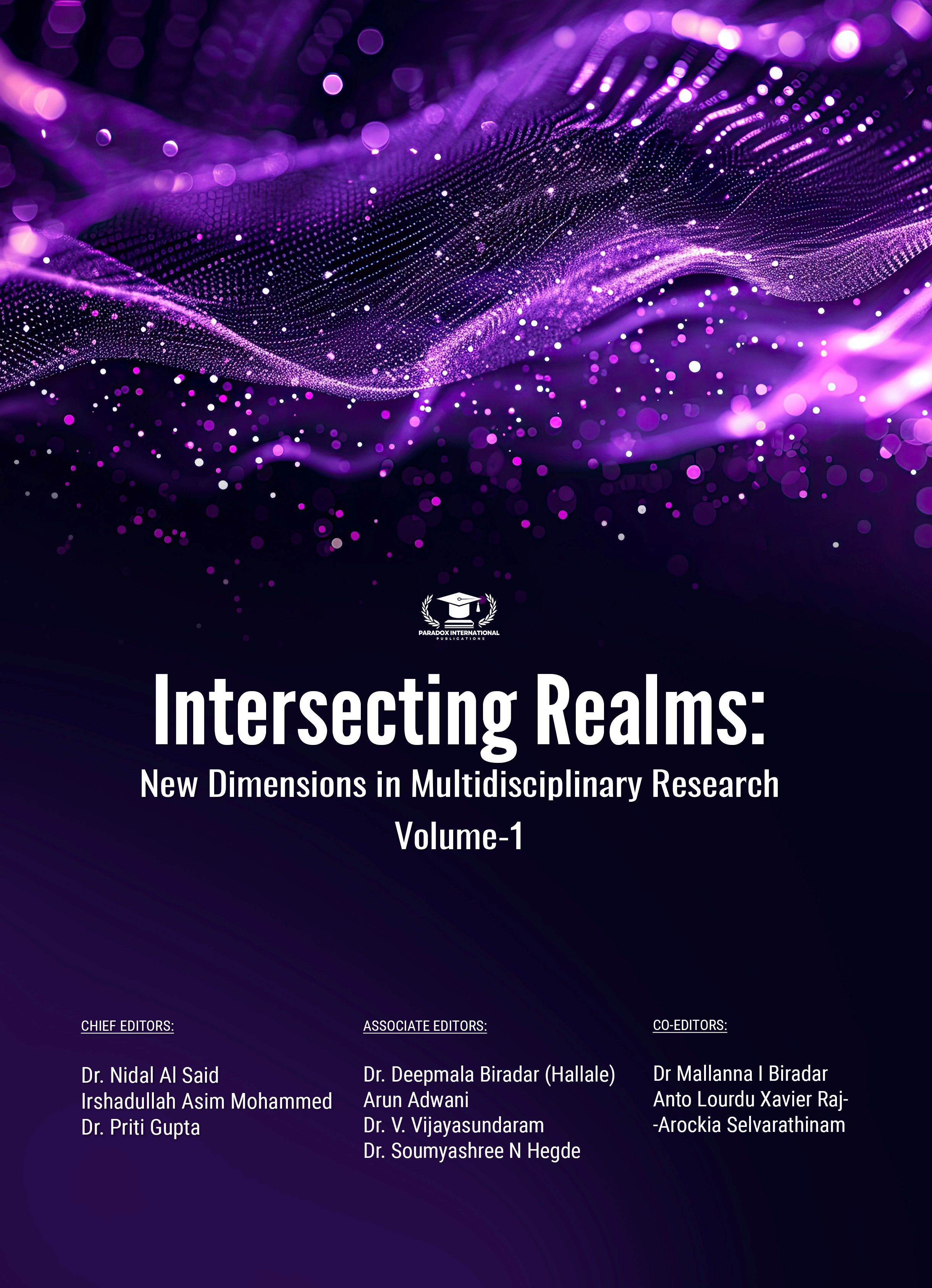MACHINE LEARNING ALGORITHMS IN FRAUD DETECTION AND RISK MANAGEMENT
DOI:
https://doi.org/10.25215/9348701223.31Abstract
In the digital era, the increasing volume and complexity of financial transactions have heightened the need for effective fraud detection and risk management systems. Traditional rule-based approaches often fall short in identifying sophisticated fraudulent patterns. Machine learning (ML) algorithms offer a dynamic and data-driven alternative by enabling systems to learn from historical data, adapt to new fraud tactics, and provide real-time risk assessment. This paper explores the application of various machine learning techniques—including supervised, unsupervised, and reinforcement learning—in detecting fraudulent activities and managing financial risk. It analyzes key algorithms such as decision trees, random forests, support vector machines, neural networks, and clustering methods, and evaluates their performance across different financial contexts. The study also highlights challenges such as imbalanced datasets, data privacy, and model interpretability, while discussing potential solutions and future directions in leveraging ML for enhanced financial security.Published
2025-04-07
Issue
Section
Articles


